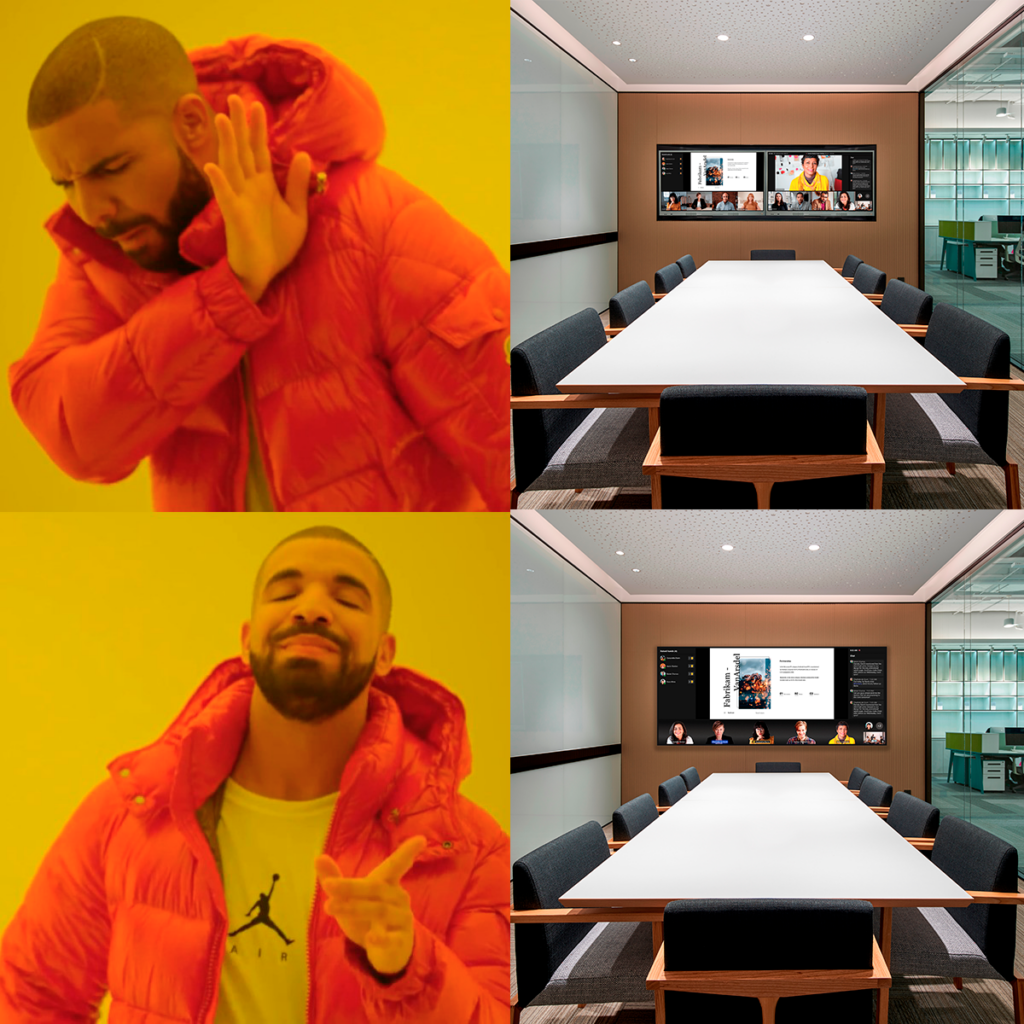One thing is true in this world, our need for oil and gas is growing every year. This of course means we need more and more of it. Unfortunately, we’ve already gotten all the easy stuff! This means extracting more of it from the earth, which is becoming more difficult and complex. No matter what your thoughts are on other types of energy, our society is dependent on oil and that will not be changing anytime soon. To find and extract these resources, we are having to go deeper into the earth, and farther away from land to find it. Additionally, the systems that are required to extract it are becoming larger and more complex as time goes on.
As a result, in order to safely operate these, some of the world’s most complex structures are being designed and built to ensure that we have a consistent flow of oil and natural gas. Unfortunately, most of us only hear about these types of systems when something goes wrong. This is a shame because these structures can be incredibly fascinating. If you have not seen this, it is worth a watch; TROLL PLATFORM OFF THE COAST OF NORWAY. It will give you a sense of how amazing these things are and how incredibly complex they can be. And as a result, how the visualization of the information on subsystems becomes critical to safety and functionality. As we saw back in 2010, no matter how well a system is designed and run, unintended accidents can happen. What we saw was a horrible intersection of as many as eight different issues all happening at the same time, with at least two of those being related to how information was interpreted. As a result, we gained much insight on how vital monitoring and displaying accurate system information is to these companies. Removing confusion and ambiguity from the equation allows for safety and functionality to go hand in hand.
Oil and gas operators are not just concerned with the hydrocarbons that are flowing from the holes in the ground… in many ways, once it is flowing, that’s the easy part. The most complex, and most delicate part is monitoring pressure and many safety systems to ensure that everything is always well within safety margins. Real life is not like the movie Armageddon, they don’t keep pushing into the danger zone on a hunch. Oil and gas operators must be some of the most risk averse people on earth. As a result, they require all the systems they use to be robust, redundant, and resilient.
This is where Jupiter Systems plays a huge role because we are no stranger to the world of oil and gas. We are a trusted partner to many of the biggest oil and gas operators in the world, and we are always ensuring that our products are at the next level. A Jupiter Catalyst product is essentially standard equipment for these companies. Being able to take in a source from anywhere and then display that information in a thousand different ways… this is the minimum expected compatibility in these environments! Then, if you add on a product like Canvas from Jupiter, now you can instantly share all that information with anyone on your network, anywhere in the world. Just grab an iPad, and with one click, you can push all the critical information you need to the safety supervisor walking a platform in the middle of the North Sea.
Jupiter knows oil and gas; Jupiter can help your clients grow their data visualization capabilities as needs get ever more complex. Reach out to your Jupiter sales team to find out more.



